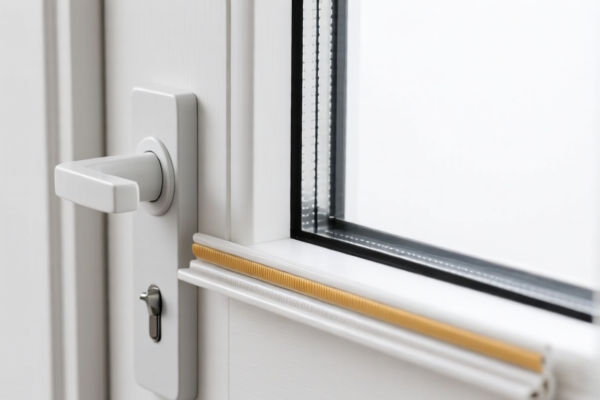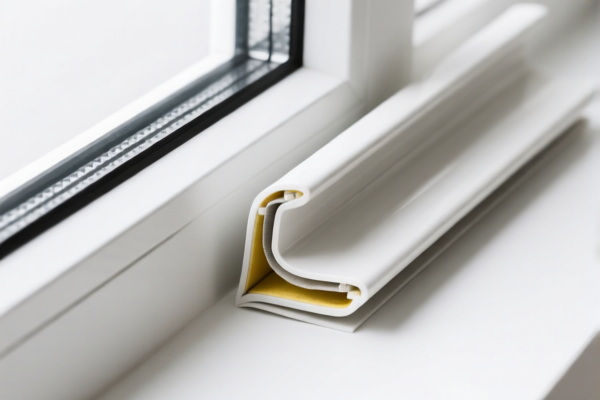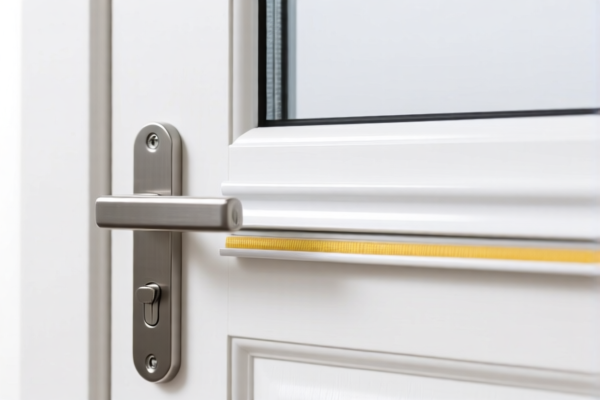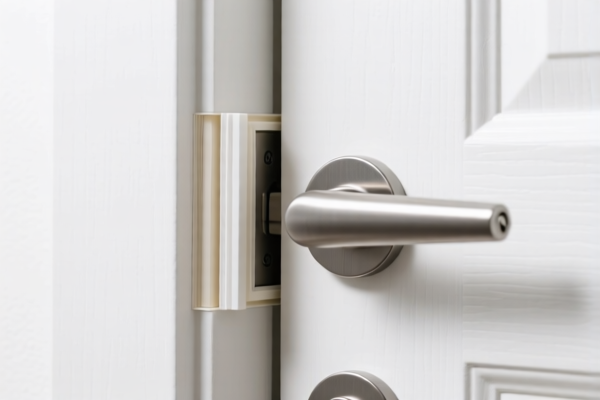| HS Code | Official Doc | Tariff Rate | Origin | Destination | Effective Date |
|---|---|---|---|---|---|
| 3917400095 | Doc | 60.3% | CN | US | 2025-05-12 |
| 3925200091 | Doc | 42.8% | CN | US | 2025-05-12 |
| 7326908688 | Doc | 82.9% | CN | US | 2025-05-12 |
| 7610100030 | Doc | 68.2% | CN | US | 2025-05-12 |




Okay, let's break down the HS codes and tax implications for your "DOOR AND WINDOW SEAL" declaration. Here's a detailed analysis, structured for clarity:
Understanding HS Codes: A Quick Primer
HS codes (Harmonized System codes) are internationally standardized codes used to classify traded products. The first 6 digits are generally consistent worldwide, while the last digits can vary by country. Here's what the digits typically represent:
- Chapter (First 2 digits): Broad category of the product.
- Heading (First 4 digits): More specific classification within the chapter.
- Subheading (First 6 digits): Even more detailed classification.
- National Code (Last digits): Country-specific code for further refinement.
Analysis of Your HS Codes
Let's examine each code individually:
1. HS Code: 3917.40.00.95 – Fittings Other (Plastics)
- Chapter 39: Plastics and articles thereof.
- Heading 3917: Tubes, pipes and hoses and fittings therefor.
- Subheading 3917.40: Fittings of plastics.
- National Code .95: Further specifies the type of fitting.
- Tax:
- Basic Duty: 5.3%
- Additional Tariff: 25.0%
- Post April 2, 2025: Additional Tariff increases to 30%
- Total Tax: 60.3%
- Notes: This code is for plastic fittings used with tubes, pipes, and hoses. Ensure these are genuinely fittings and not integral parts of a door/window seal itself.
2. HS Code: 3925.20.00.91 – Doors, windows and their frames and thresholds for doors Other (Plastics)
- Chapter 39: Plastics and articles thereof.
- Heading 3925: Builders' ware of plastics.
- Subheading 3925.20: Doors, windows and their frames and thresholds for doors.
- National Code .91: Further specifies the type of door/window.
- Tax:
- Basic Duty: 5.3%
- Additional Tariff: 7.5%
- Post April 2, 2025: Additional Tariff increases to 30%
- Total Tax: 42.8%
- Notes: This code is specifically for doors, windows, and frames made of plastic.
3. HS Code: 7326.90.86.88 – Other: Other: Other: Other Other (Iron or Steel)
- Chapter 73: Iron or steel articles.
- Heading 7326: Other articles of iron or steel.
- Subheading 7326.90: Other.
- National Code .86.88: This is a very broad "catch-all" code.
- Tax:
- Basic Duty: 2.9%
- Additional Tariff: 25.0%
- Post April 2, 2025: Additional Tariff increases to 30% (Steel/Aluminum products)
- Total Tax: 82.9%
- Notes: This code is very general. Because of this, it's crucial to provide a detailed description of the goods to customs. The high tax rate suggests it may be capturing items that are subject to higher duties.
4. HS Code: 7610.10.00.30 – Doors, windows and their frames and thresholds for doors Other (Aluminum)
- Chapter 76: Aluminum and articles thereof.
- Heading 7610: Aluminum structures.
- Subheading 7610.10: Doors, windows and their frames and thresholds for doors.
- National Code .30: Further specifies the type of door/window.
- Tax:
- Basic Duty: 5.7%
- Additional Tariff: 7.5%
- Post April 2, 2025: Additional Tariff increases to 30% (Steel/Aluminum products)
- Total Tax: 68.2%
- Notes: This code is for doors, windows, and frames made of aluminum.
Important Recommendations & Next Steps:
- Material Verification: Crucially, confirm the exact material composition of your "DOOR AND WINDOW SEAL." The difference between plastic (3917/3925) and metal (7326/7610) significantly impacts the duty rate.
- Detailed Description: Provide a very detailed description of the goods to customs. Include dimensions, specific function, and any unique characteristics. This is especially important for HS Code 7326.90.86.88.
- Single vs. Multiple Codes: If your "DOOR AND WINDOW SEAL" is a composite product (e.g., a metal frame with plastic seals), you may need to classify the components separately.
- Valuation: Ensure accurate valuation of your goods. Customs will use this to calculate duties.
- Certification: Depending on the material and intended use, you may need specific certifications (e.g., safety standards, quality control).
- April 2, 2025 Tariff Changes: Be aware of the upcoming tariff changes on April 2, 2025. Factor these into your cost calculations.
- Consult with a Customs Broker: For complex classifications, it's highly recommended to consult with a licensed customs broker in China. They can provide expert guidance and ensure compliance.
Disclaimer: I am an AI assistant and cannot provide definitive customs rulings. This information is for general guidance only. Always consult with official customs authorities or a qualified customs broker for accurate and up-to-date information.
Customer Reviews
Good to see the upcoming tariff changes for April 2, 2025 highlighted. It's easy to overlook those details! The 60.3% tariff for code 3917.40.00.95 is definitely something I need to factor into my pricing.
This site saved me a ton of time! The explanation of what each digit in the HS code represents is super clear. I especially found the info on 3917.40.00.95 really useful for classifying plastic fittings for an upcoming shipment.
The breakdown of the tariff rates is a good start, but the section on HS Code 7326.90.86.88 seems a bit vague. It says it's a 'catch-all' code, and that's a little concerning given the high tax rate. More detail there would be appreciated.
I was really struggling to find the right HS Code for exporting plastic builder's doors to the US, but 3925.20.00.91 was exactly what I needed. The page clearly lays out the tariff rate, and the notes about it being specifically for plastic doors were very helpful!